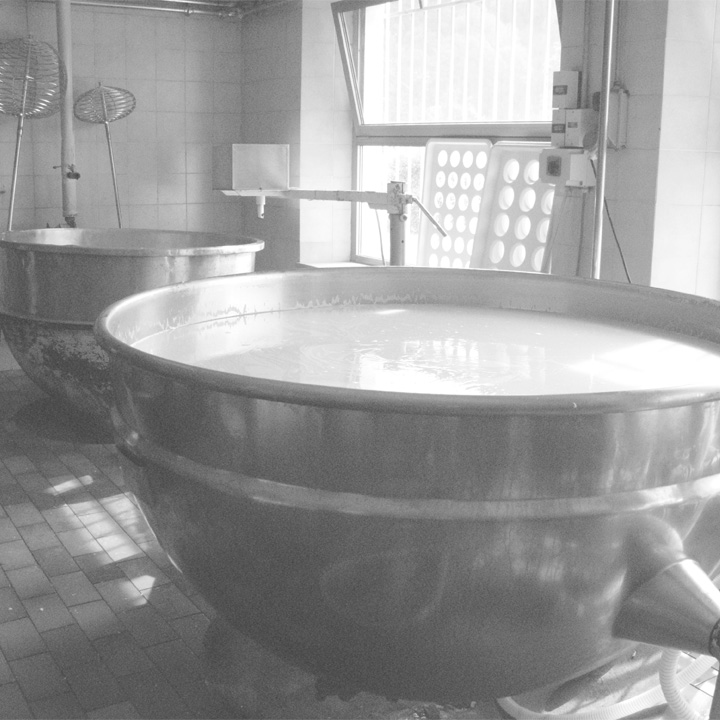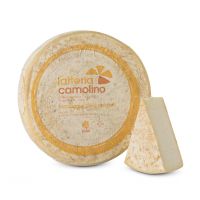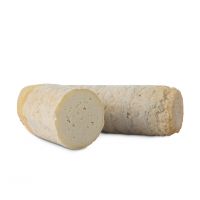
The product
Mezzanello di Camolino
Mild,tasty and slightly acid, table cheese
Code:
29960
Country of origin:
Italy - Veneto
Type of Milk:
Cow's milk
Weight:
5-6 kg
Minimum order:
1/2 wheel
| Description | Semi skimmed cow's cheese from Bruna cows |
|---|---|
| Appearance | The rind is hard and its color is yellowish. The paste is hard with small eyes scattered across. The color of the paste is dark straw |
| Taste | The taste is milky, round with hints of smooth acidity at the end. The aftertaste is pleasant and round with hints of cellar and nature |
| Curiosity | The dairy was founded in Camolino in 1941. It collects the milk from 7 farms that produce about 3,600 kg of milk per day, All is coming from Bruna cows. Fabio, the master, is passionate about using milk from the territory and tries to apply the traditional works and methods to his dairy. He is, in fact, trying to return to the technologies that use sourdough instead of powder yeasts. His last challenge is making cheeses from raw milk |
| Suggestions | Table cheese, ideal for a quichè or stuffed pasta |
| Ingredients | MILK, rennet, salt, lactic ferments, preservative: LYSOZYMA (EGG's proteins) |
|---|---|
| Allergens in ingredients | Eggs and products thereof, Milk and products thereof |
| Weight | 5-6 kg |
| Packaging | Whole wheel open, fractions in thermoshrinking film. |
| Storage Conditions (unpacked products) | Keep refrigerated between +4°and + 6° C |
| Storage Conditions (packaged products) | Keep refrigerated below +4°C |
| Instructions for use | Please remove crust or mold before consumption |
| Nutrition Declaration | Energy: 1700 kJ / 410 kcal Fat: 33,5 g of which saturates: 23,94 g Carbohydrate: 0,79 g of which sugars: 0,79 g Protein: 26,32 g Salt: 1,4 g Typical value per 100 g |
The producer
Latteria di Camolino - Camolino (BL) - Veneto

Why we chose them
Since 1941 the Dairy in Camolino collects milk from breeders 7 conferring on average 36 tons of milk per day , mostly Brown Swiss.
Fabio, the dairyman, works with dedication and passion the milk of its territory, with the desire to return to the machining characteristics. Indeed he is
trying to return to the technologies that envisage the use of starter culture in the place of the selected enzymes and freeze-dried and will soon begin
with some product in raw milk.



